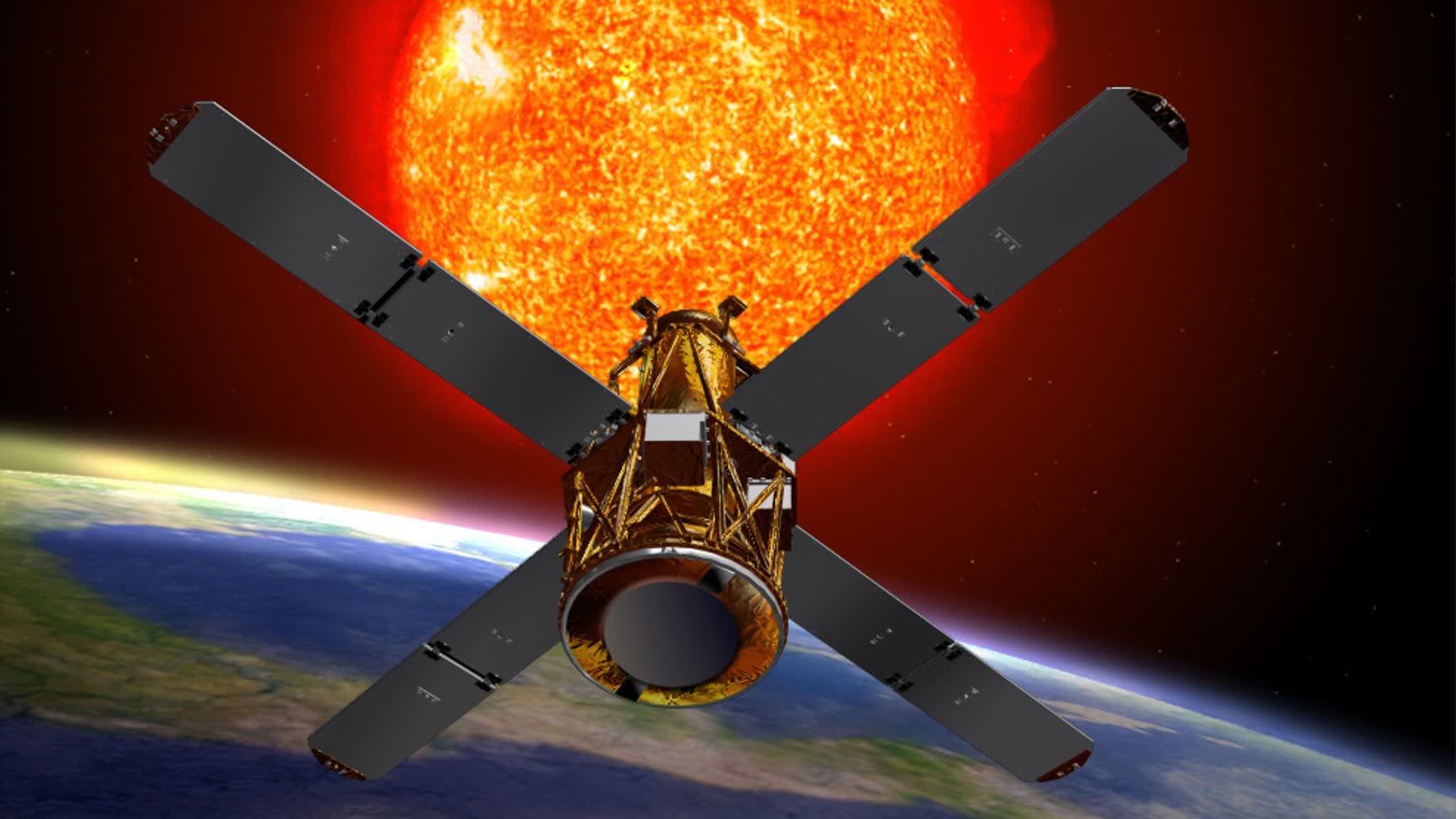In brief: A decommissioned satellite that NASA used to study the sun will deorbit within the next few days. It could provide a spectacular light show if you are in the right region of the world when it comes down. Unfortunately, NASA does not know precisely when it will re-enter Earth's atmosphere, meaning they don't know where it will come down.
The Reuven Ramaty High Energy Solar Spectroscopic Imager, usually called Rhessi, was launched into orbit on February 5, 2002, to allow NASA to monitor solar flares. During its 16-year mission, Rhessi recorded over 75,000 solar flares. Rhessi spotted the first "X-class flare" (the strongest type) on April 21, 2002. The space agency notes that most scientists who studied Rhessi's observations have a favorite flare (or most hated in some cases) that they remember like a birthday.
"Ask any scientist who worked on RHESSI what their favorite flare is, and they'll easily rattle off a date as if it's a birthday or holiday they'll always remember," NASA wrote regarding the satellite's decommissioning. "One guy even has a most-hated flare. He had many arguments with colleagues over it, trying to explain it, which was not always pleasurable."

After losing communications with Rhessi, NASA retired the craft on August 16, 2018. It sent decommissioning commands so it would stop transmitting data. Rhessi fully lost contact with ground control sometime later but remained in orbit, with mission personnel and observatories tracking it manually.
While NASA knows that the 660-pound craft is coming down very soon, without precise location, speed, altitude, and other telemetry data that Rhessi no longer provides, the space agency can only guess at the time of re-entry. Officially, it is estimated to fall on Wednesday, April 19, at about 9:30 pm EDT, plus or minus 16 hours. With a 32-hour window, the satellite could fall anywhere in the world between 5:30 am EDT Wednesday and 1:30 pm EDT Thursday (about 22 hours from publication).
Despite not knowing exactly where it will land, NASA estimates there is only a 1-in-2,467 chance of Rhessi harming anyone. While this seems like decent odds of getting hit by debris, the odds of you being the one it strikes are still astronomically small. Most of the craft will burn up in the atmosphere and the rest will more than likely land in an ocean. The Defense department is monitoring and will update positional estimates as it descends. Anyone can track it from the Space-Track website.
If you are lucky enough, you might see a spectacular burn when it comes down. Your chances of witnessing re-entry are much better than actually getting hit. It should look like a bright shooting star that might break into several burning pieces before fading.
